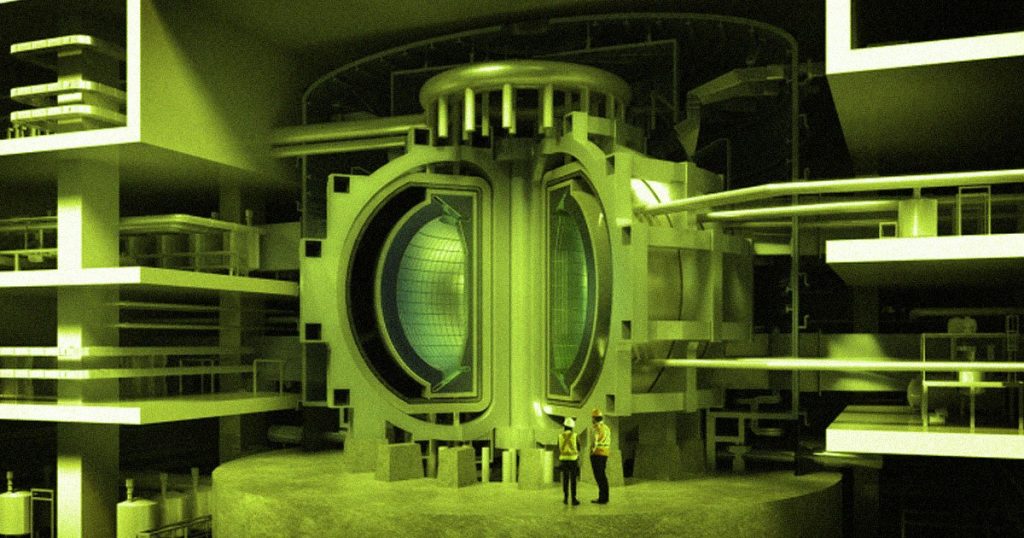Scientists from the United States Department of Energy have made a breakthrough in nuclear fusion. Researchers were able to generate more energy from fusion reactions in a laboratory for the first time. The total power output was approximately 150% of the power input from 192 laser beams. “America has achieved a tremendous scientific breakthrough,” Energy Secretary Jennifer Granholm said at a press conference. And now, the same team is looking for a practical implementation in the form of a fusion power plant.
The achievement was made at the National Ignition Facility (NIF), a $3.5 billion laser complex at California’s Lawrence Livermore National Laboratory. NIF has struggled for more than a decade to achieve its stated goal of producing a fusion reaction that generates more energy than it consumes. But that changed in the middle of the night on December 5. At 1 a.m. local time, the lasers were used to zap a tiny pellet of hydrogen fuel. The lasers produced 2.05 megajoules of energy, while the pellet produced approximately 3.15 megajoules.
Fusion energy holds the promise of abundant clean energy because the reactions emit no greenhouse gases or radioactive waste byproducts. A single kilogram of fusion fuel, which is composed of heavy forms of hydrogen known as deuterium and tritium, provides the same amount of energy as ten million kilograms of fossil fuel. However, it has taken 70 years to get to this point.
Fusion occurs when two atoms collide to form a heavier atom, releasing massive amounts of energy while producing no carbon dioxide emissions or long-term nuclear waste. However, scientists have tried for decades to sustain a fusion reaction on Earth, and it has proven extremely difficult. It takes massive amounts of energy to generate fusion in reactions, and nobody had demonstrated the ability to get more energy out of the reaction than it takes to power it until this experiment.

